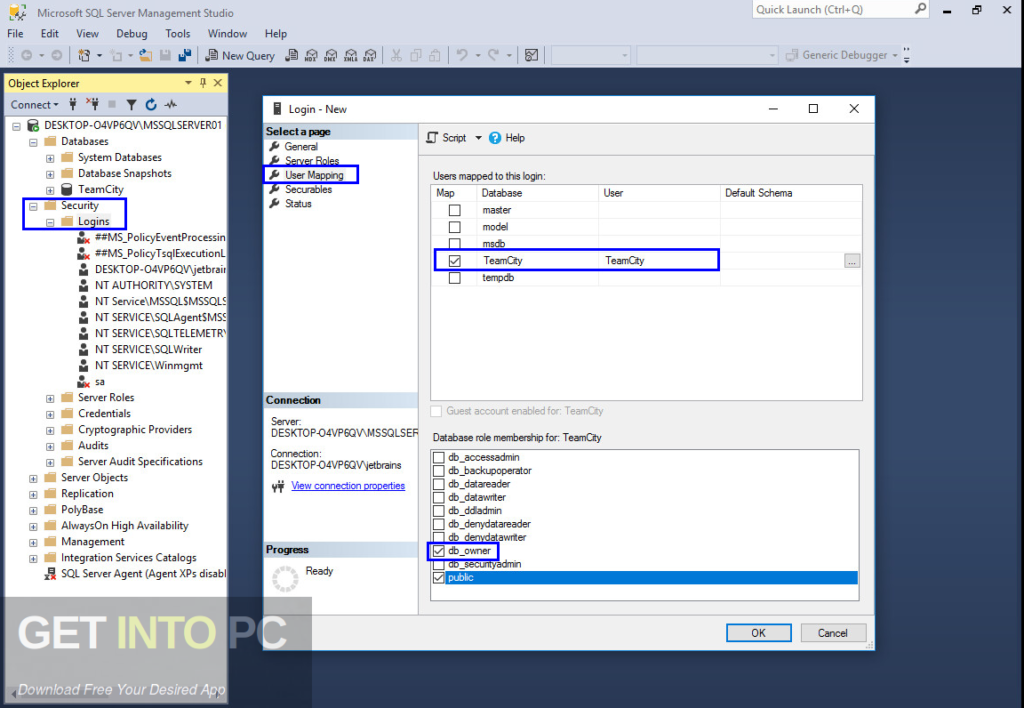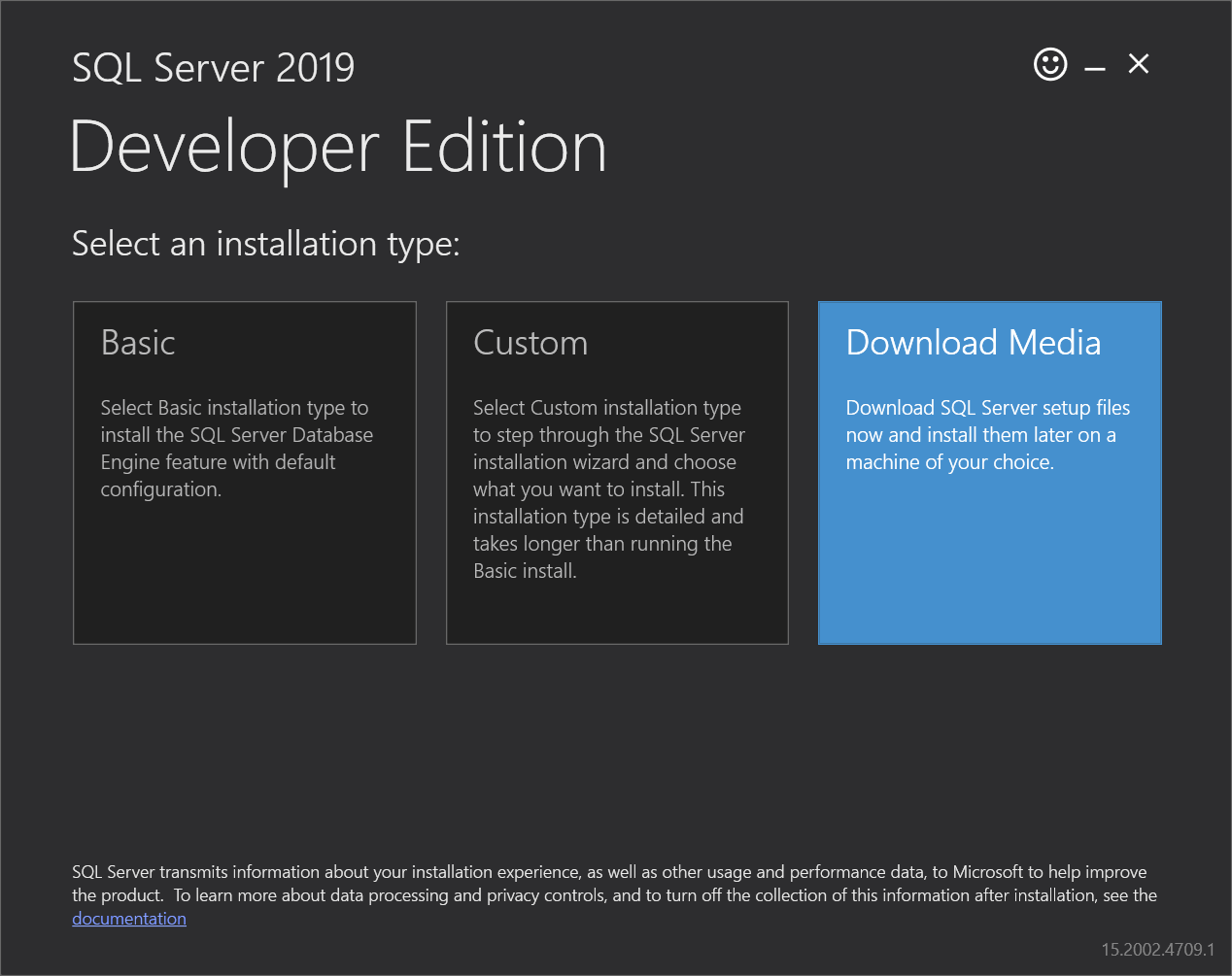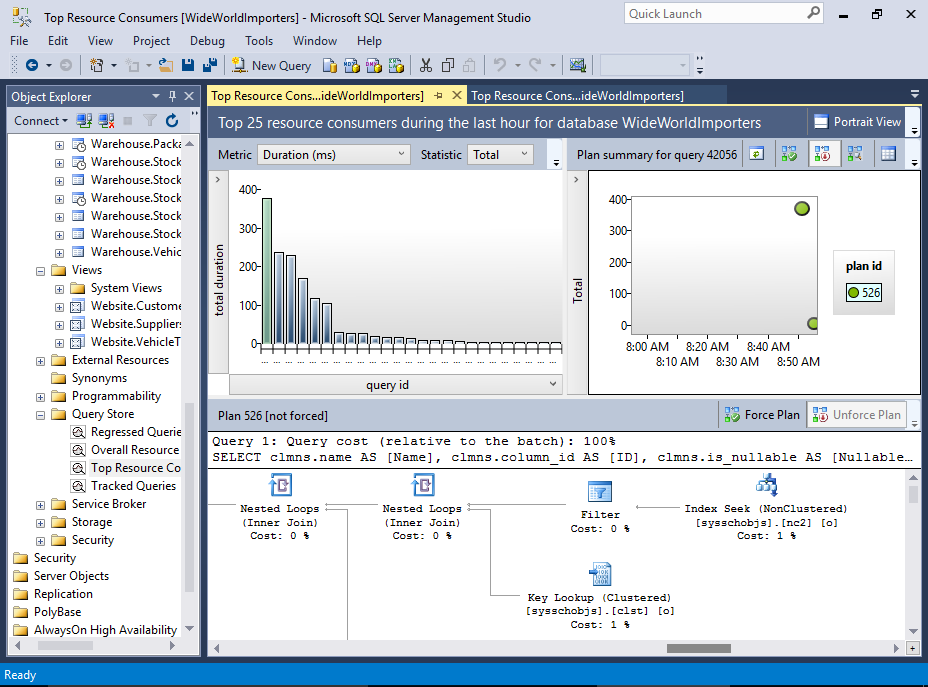Docker SQL Server sets the stage for this enthralling narrative, offering readers a glimpse into a story that is rich in detail and brimming with originality from the outset. Docker, the revolutionary containerization technology, has fundamentally reshaped the landscape of software development, and its impact on database management, particularly with SQL Server, is undeniable. This exploration delves into the intricacies of leveraging Docker to streamline SQL Server deployments, uncovering the advantages, challenges, and best practices associated with this powerful combination.
The journey begins by unraveling the core concepts of Docker and its role in revolutionizing SQL Server deployments. We’ll dissect the traditional challenges faced by developers and administrators when dealing with SQL Server installations and explore how Docker elegantly addresses these pain points. The advantages of containerization for SQL Server will be illuminated, showcasing how Docker fosters portability, consistency, and scalability, ultimately empowering developers and administrators to build and manage SQL Server environments with unparalleled efficiency.
Introduction to Docker and SQL Server
Docker and SQL Server are powerful tools that can revolutionize how you deploy and manage your database applications. Docker, a containerization platform, provides a lightweight and portable way to package and run applications, while SQL Server, a robust relational database management system, offers a reliable and scalable solution for data storage and retrieval. This combination offers a powerful approach to building and deploying modern database solutions.
Benefits of Using Docker for Deploying SQL Server
Docker offers several advantages for deploying SQL Server:
- Consistency and Portability: Docker containers ensure that your SQL Server environment, including its dependencies, is consistent across different development, testing, and production environments. This eliminates the “it works on my machine” problem, making deployments more reliable and predictable.
- Simplified Deployment: Docker simplifies the deployment process by packaging the entire SQL Server environment, including the database, configuration files, and dependencies, into a single, portable container. This eliminates the need for complex manual installations and configurations, making deployments faster and more efficient.
- Resource Efficiency: Docker containers are lightweight and consume fewer resources compared to traditional virtual machines. This translates to lower hardware costs and improved performance, especially when deploying multiple SQL Server instances.
- Scalability and Flexibility: Docker containers are easily scalable, allowing you to quickly add or remove instances based on demand. This makes it ideal for handling fluctuating workloads and ensuring optimal performance.
Challenges of Traditional SQL Server Deployments
Traditional SQL Server deployments often face several challenges:
- Environment Inconsistency: Different environments (development, testing, production) may have varying configurations, leading to compatibility issues and unpredictable behavior.
- Complex Setup and Configuration: Setting up and configuring SQL Server on different environments can be time-consuming and error-prone, especially when dealing with dependencies and specific configurations.
- Resource Overutilization: Traditional deployments often involve virtual machines that consume significant resources, leading to higher hardware costs and potential performance bottlenecks.
- Limited Scalability: Scaling up or down traditional SQL Server deployments can be a cumbersome process, requiring manual intervention and potentially leading to downtime.
Advantages of Containerization for SQL Server
Containerization, using Docker, offers several advantages for SQL Server deployments:
- Isolation and Security: Docker containers provide a secure and isolated environment for your SQL Server instances, preventing conflicts with other applications and enhancing security.
- Rapid Deployment and Rollbacks: Docker containers allow for fast deployments and rollbacks, enabling you to quickly deploy new versions of your SQL Server application or revert to previous versions in case of issues.
- Improved Collaboration: Docker promotes collaboration among developers and operations teams by providing a consistent environment that everyone can work with, regardless of their local setup.
- Reduced Costs: Docker’s resource efficiency and simplified deployments can significantly reduce infrastructure costs and improve overall efficiency.
Dockerizing SQL Server: Docker Sql Server
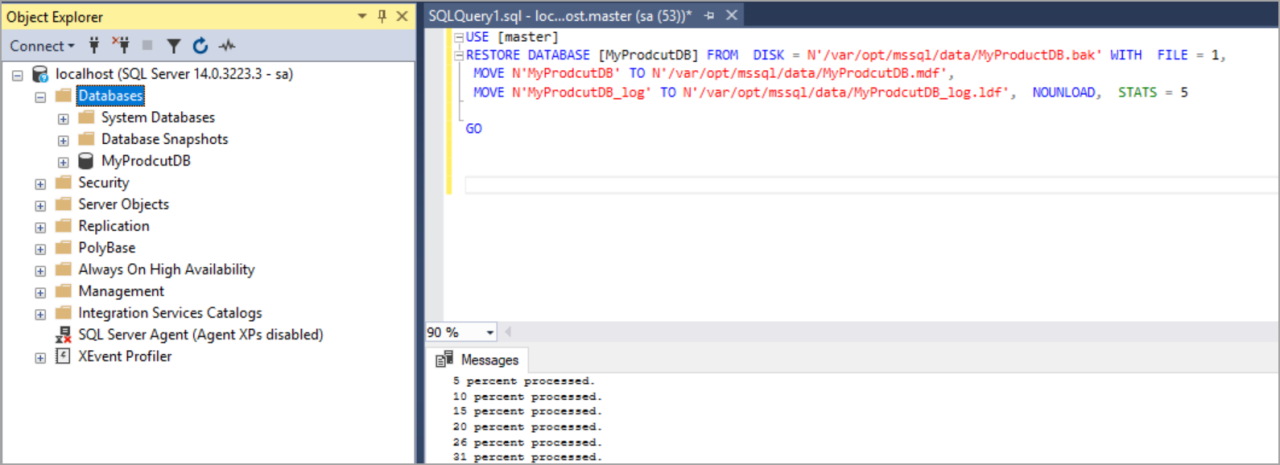
Dockerizing SQL Server allows you to create portable, consistent, and scalable SQL Server environments. By packaging SQL Server within a Docker container, you can easily deploy and manage SQL Server instances across different platforms without worrying about compatibility issues.
Building a Docker Image for SQL Server
To build a Docker image for SQL Server, you’ll need to create a Dockerfile that defines the steps involved in building the image. Here’s a basic example:
“`dockerfile
FROM mcr.microsoft.com/sqlserver/2022-latest
# Set the SQL Server administrator password
ENV SA_PASSWORD=”YourStrongPassword”
# Copy the SQL Server configuration file to the container
COPY sqlserver.config /opt/mssql/conf/
# Expose the SQL Server port
EXPOSE 1433
# Run SQL Server
CMD [“/opt/mssql/bin/sqlservr”]
“`
This Dockerfile uses the official Microsoft SQL Server image as a base and sets the administrator password, copies a configuration file, exposes the SQL Server port, and starts the SQL Server service.
Configuring SQL Server within a Docker Container
When configuring SQL Server within a Docker container, it’s important to consider the following best practices:
- Use environment variables to store sensitive information like passwords and connection strings.
- Configure SQL Server to use a persistent volume for storing data and logs to prevent data loss when the container is restarted.
- Use a dedicated user account for SQL Server to enhance security.
- Configure the container’s networking to allow access to the SQL Server instance from other containers or external systems.
Using Docker Compose for Multi-Container SQL Server Deployments
Docker Compose simplifies the management of multi-container applications. You can define the services, networking, and dependencies within a `docker-compose.yml` file. For a multi-container SQL Server deployment, you can use Docker Compose to manage the SQL Server container, a web application container, and other supporting services.
“`yaml
version: “3.7”
services:
sqlserver:
image: mcr.microsoft.com/sqlserver/2022-latest
environment:
SA_PASSWORD: “YourStrongPassword”
ports:
– “1433:1433”
volumes:
– sqlserver-data:/var/opt/mssql/data
– sqlserver-logs:/var/opt/mssql/log
webapp:
image: my-webapp:latest
environment:
DB_HOST: sqlserver
DB_PORT: 1433
DB_USER: SA
DB_PASSWORD: “YourStrongPassword”
depends_on:
– sqlserver
ports:
– “80:80”
volumes:
sqlserver-data:
sqlserver-logs:
“`
This Docker Compose file defines two services: `sqlserver` and `webapp`. The `sqlserver` service uses the official SQL Server image, sets the administrator password, exposes the SQL Server port, and mounts persistent volumes for data and logs. The `webapp` service depends on the `sqlserver` service and uses environment variables to connect to the SQL Server database.
Running SQL Server in a Docker Container
Running SQL Server in a Docker container offers numerous advantages, including portability, consistency, and efficient resource utilization. Docker enables you to package SQL Server with its dependencies and configurations into a self-contained image, ensuring consistent execution across different environments.
Running SQL Server Docker Images
Running a SQL Server Docker image is straightforward and can be accomplished using various methods. These methods cater to different use cases and deployment scenarios.
- Interactive Mode: This method is ideal for quick testing and experimentation. It allows you to run the SQL Server container in the foreground, providing direct access to the SQL Server instance.
- Detached Mode: This mode is suitable for production deployments. The SQL Server container runs in the background, enabling it to operate independently of the host machine.
- Docker Compose: Docker Compose facilitates the orchestration of multiple Docker containers, making it ideal for managing complex applications with interconnected services. It allows you to define and configure multiple containers, including SQL Server, within a single configuration file, simplifying the deployment process.
Connecting to SQL Server in a Docker Container
Connecting to a SQL Server instance running within a Docker container requires specifying the correct connection parameters. This includes the hostname, port, and authentication details.
- Hostname: The hostname is typically the name of the Docker container, accessible through the Docker network. You can find the container name using the
docker pscommand. - Port: The SQL Server port is usually mapped to a port on the host machine during container creation. By default, SQL Server listens on port 1433. However, you can specify a different port during container setup.
- Authentication: SQL Server supports various authentication methods, including SQL Server Authentication and Windows Authentication. For SQL Server Authentication, you need to provide the username and password associated with a SQL Server user account. Windows Authentication requires configuring the container to use a Windows user account.
Implications of Using Docker for SQL Server Development and Testing
Using Docker for SQL Server development and testing offers several benefits, including:
- Environment Consistency: Docker ensures consistent development and testing environments by encapsulating SQL Server and its dependencies within a container. This eliminates potential discrepancies caused by variations in operating system configurations, libraries, or other software versions.
- Rapid Deployment: Docker simplifies the deployment process, enabling you to quickly spin up and tear down SQL Server instances for testing or development purposes. This allows for faster iteration cycles and reduces the time required to set up new environments.
- Resource Isolation: Docker isolates SQL Server instances from other applications and the host machine, preventing potential conflicts and resource contention. This ensures that SQL Server runs in a controlled and predictable environment.
- Scalability: Docker facilitates scaling SQL Server deployments by allowing you to easily create and manage multiple containers. This enables you to handle increased workloads and ensure high availability.
Managing SQL Server in Docker
Managing SQL Server within a Docker environment requires a different approach compared to traditional installations. This is due to the nature of Docker containers as isolated, ephemeral environments. This section Artikels strategies for managing SQL Server updates, backups, and performance within a Dockerized environment.
SQL Server Updates and Upgrades
The process of updating and upgrading SQL Server within a Docker container differs from traditional methods. Docker encourages the use of immutable infrastructure, where containers are treated as disposable units. This means that instead of directly updating a running container, it’s generally preferred to create a new container image with the desired updates and then replace the old container.
- Utilize Multi-Stage Builds: Docker’s multi-stage builds offer a clean way to separate the build process from the final container image. You can build your SQL Server image with the desired updates in a separate stage, then copy only the necessary files to a smaller, optimized final image. This reduces image size and improves build efficiency.
- Leverage Docker Compose: Docker Compose is a tool for defining and managing multi-container applications. You can use Compose to define the desired SQL Server version and any dependencies within a `docker-compose.yml` file. This simplifies the process of updating SQL Server by modifying the `docker-compose.yml` and then running `docker-compose up -d` to pull the latest image and restart the container.
- Use a CI/CD Pipeline: A continuous integration/continuous delivery (CI/CD) pipeline automates the process of building, testing, and deploying Docker images. By integrating SQL Server updates into your CI/CD pipeline, you can ensure that your SQL Server instances are always up-to-date and deployed consistently.
SQL Server Data Backup and Restore
Backups and restores are crucial for any database system, and Docker presents unique considerations. The ephemeral nature of containers means that data stored within a container is lost when the container is stopped or removed. Therefore, a strategy for backing up and restoring SQL Server data outside the container is essential.
- External Backup Solutions: Consider using external backup solutions like Amazon S3, Azure Blob Storage, or Google Cloud Storage to store your SQL Server backups. These services provide scalability, durability, and cost-effectiveness. Use a backup utility like `sqlcmd` or a dedicated backup tool to perform backups and restore them to a different container or a separate server.
- Volume Mounting: Docker allows you to mount volumes from the host machine into a container. This allows you to persist data even when the container is stopped or removed. You can mount a directory on your host machine to a volume within the container, enabling you to back up and restore data directly to the host filesystem.
- Backup Scripts: Automate the backup process by creating scripts that run regularly within the container. These scripts can connect to the SQL Server instance, create backups, and transfer them to an external storage location.
SQL Server Performance Monitoring and Troubleshooting
Monitoring and troubleshooting SQL Server performance in a Docker environment requires adapting traditional methods to the containerized environment.
- Docker Stats: Docker provides a command-line tool (`docker stats`) and a web-based interface for viewing container resource usage. Use these tools to monitor CPU, memory, network, and disk I/O consumption of your SQL Server container.
- SQL Server Performance Monitoring Tools: Utilize SQL Server’s built-in performance monitoring tools, such as SQL Server Management Studio (SSMS) or Performance Monitor, to gather metrics about SQL Server’s performance. You can access these tools by connecting to the SQL Server instance running within the container.
- Log Analysis: Examine the SQL Server error logs and other relevant logs within the container to identify potential performance issues. Docker allows you to mount volumes for logs, making them accessible outside the container for easier analysis.
SQL Server in Docker for Development
Docker streamlines SQL Server development workflows by providing isolated, consistent, and reproducible environments. This approach eliminates the complexities associated with setting up and managing traditional SQL Server instances, allowing developers to focus on building and testing applications.
Creating Isolated SQL Server Environments for Testing
Docker enables the creation of isolated SQL Server environments for testing by encapsulating the database engine and its dependencies within a container. This isolation ensures that tests are run in a controlled and predictable environment, preventing interference from other applications or configurations.
- Environment Consistency: Docker containers provide a consistent environment for development and testing, ensuring that the same SQL Server configuration is used across different machines and environments. This consistency helps to eliminate potential issues caused by variations in system settings.
- Dependency Management: Docker simplifies dependency management by packaging all necessary software components, including the SQL Server engine, required libraries, and configuration files, within a single container. This approach eliminates the need to manually install and configure dependencies on each development machine.
- Test Isolation: Docker containers provide a secure and isolated environment for running tests, preventing accidental modifications to the database or interference from other applications. This isolation ensures that tests are run in a controlled and predictable environment, allowing developers to identify and resolve issues more efficiently.
Rapid Prototyping and Experimentation with SQL Server
Docker’s ability to create and manage lightweight, disposable containers makes it an ideal tool for rapid prototyping and experimentation with SQL Server. Developers can quickly spin up new SQL Server instances with different configurations, test new features, and experiment with different database designs without affecting their production environment.
- Quick Setup: Docker allows developers to quickly create and start SQL Server instances within a container, eliminating the time and effort required for traditional installations. This rapid setup enables developers to focus on their code rather than infrastructure.
- Experimentation: Docker containers provide a safe and controlled environment for experimenting with new features, database designs, and configurations without affecting existing applications or data. This experimentation allows developers to explore different options and identify the best approach for their specific needs.
- Version Control: Docker images can be versioned and shared, allowing developers to easily reproduce their SQL Server environments and share them with others. This version control ensures consistency and reproducibility across different development teams and environments.
SQL Server in Docker for Production
Deploying SQL Server in Docker in production environments presents a unique set of challenges and considerations. This section will delve into key aspects of production-ready SQL Server deployments within Docker containers, encompassing best practices for scaling, security, and overall stability.
Production Deployment Considerations
Production deployments require a robust and reliable infrastructure. Here are some key considerations for deploying SQL Server in Docker in production:
- Resource Allocation: Properly configure Docker containers to ensure sufficient CPU, memory, and storage resources for optimal SQL Server performance. Over-provisioning resources can lead to unnecessary costs, while under-provisioning can result in performance bottlenecks.
- Container Orchestration: Utilize container orchestration platforms like Kubernetes or Docker Swarm to manage container lifecycle, scaling, and networking. This ensures automated deployments, high availability, and efficient resource utilization.
- Networking: Configure Docker networks to provide secure and efficient communication between SQL Server containers and other applications. Implement strategies for port mapping and network isolation to enhance security and performance.
- Data Persistence: Implement persistent storage solutions for SQL Server data to prevent data loss upon container restarts. This can be achieved using Docker volumes or external storage solutions like cloud storage services.
- Monitoring and Logging: Integrate monitoring tools and logging systems to track SQL Server performance, resource utilization, and potential issues. Implement alerts and notifications to proactively address problems.
- Security: Implement robust security measures to protect SQL Server instances in Docker containers from unauthorized access and potential threats. This includes secure network configuration, user authentication, and data encryption.
Scaling SQL Server Deployments
Scaling SQL Server deployments using Docker is crucial for handling fluctuating workloads and ensuring high availability.
- Horizontal Scaling: Add more SQL Server containers to handle increased workloads. This approach distributes the load across multiple containers, improving performance and scalability.
- Vertical Scaling: Increase resources allocated to existing containers, such as CPU, memory, or storage, to enhance performance. This approach is suitable for scenarios where workload increases are temporary or predictable.
- Read Replicas: Configure read replicas for SQL Server instances to distribute read operations and reduce load on primary instances. This improves performance and scalability for read-intensive workloads.
Security in Production Environments
Security is paramount in production environments. Implementing strong security measures is essential to protect SQL Server instances in Docker containers from threats.
- Network Segmentation: Isolate SQL Server containers from other applications and services through network segmentation. This limits potential attack vectors and enhances security.
- Authentication and Authorization: Utilize robust authentication mechanisms, such as Active Directory or Azure Active Directory, to control access to SQL Server instances. Implement role-based access control (RBAC) to restrict user privileges.
- Data Encryption: Encrypt SQL Server data at rest and in transit using industry-standard encryption algorithms. This protects sensitive information from unauthorized access.
- Vulnerability Management: Regularly scan SQL Server containers for vulnerabilities and patch them promptly to prevent exploitation. This ensures that your SQL Server instances are protected from known security risks.
- Logging and Monitoring: Implement comprehensive logging and monitoring to detect suspicious activity and potential security breaches. This includes monitoring for unauthorized access attempts, data manipulation, and other malicious actions.
Integration with Other Technologies
SQL Server in Docker can seamlessly integrate with other technologies, extending its capabilities and enhancing your development and deployment workflows. This integration allows for streamlined deployments, scalable infrastructure, and robust application architectures.
Integration with Kubernetes
Kubernetes is a powerful container orchestration platform that enables automated deployment, scaling, and management of containerized applications. Integrating SQL Server in Docker with Kubernetes provides several benefits:
– Automated Deployment and Scaling: Kubernetes automates the deployment and scaling of SQL Server containers based on defined configurations and resource requirements.
– High Availability: Kubernetes ensures high availability by replicating SQL Server containers across multiple nodes, providing redundancy and failover capabilities.
– Resource Management: Kubernetes manages resources efficiently, allocating the necessary resources to SQL Server containers based on their workload demands.
Example:
A Kubernetes deployment YAML file can be used to define the number of SQL Server replicas, resource limits, and other configurations for the deployment.
Connecting Applications to SQL Server in Docker
Applications can connect to SQL Server running in Docker containers using standard database connection methods.
– Connection Strings: Applications can use connection strings to establish connections to SQL Server in Docker containers. These connection strings specify the host, port, database name, and authentication credentials.
– Environment Variables: Connection details can be passed as environment variables to the application container.
– Service Discovery: In a Kubernetes environment, services can be used to discover and connect to SQL Server containers.
Example:
An application running in a separate Docker container can connect to SQL Server running in another container using a connection string that includes the hostname and port of the SQL Server container.
Microservices with SQL Server Dependencies
Docker is ideal for building and deploying microservices, which are small, independent services that communicate with each other. When microservices have dependencies on SQL Server, Docker can facilitate seamless integration.
– Containerized Microservices: Each microservice can be packaged as a Docker container, along with its dependencies, including SQL Server.
– Data Isolation: Docker containers provide data isolation, ensuring that each microservice has its own dedicated SQL Server instance.
– Simplified Deployment: Docker simplifies the deployment of microservices and their SQL Server dependencies, allowing for quick and consistent deployments.
Example:
A microservice-based e-commerce application can have separate Docker containers for order processing, inventory management, and customer management, each with its own SQL Server instance.
Real-World Use Cases
Docker’s ability to package and run applications in isolated environments, along with its flexibility and portability, makes it a powerful tool for deploying and managing SQL Server instances. Docker’s benefits extend to various industries and use cases, improving efficiency, scalability, and consistency in SQL Server deployments.
SQL Server in E-commerce, Docker sql server
E-commerce platforms often require robust databases to handle large volumes of transactions, customer data, and product information. Docker can be used to create highly available and scalable SQL Server deployments for e-commerce applications. For instance, a large online retailer can use Docker to:
- Deploy multiple SQL Server instances for load balancing and failover, ensuring high availability even during peak traffic periods.
- Isolate each SQL Server instance in its own container, preventing resource contention and ensuring optimal performance.
- Easily scale SQL Server instances up or down based on demand, allowing for flexible resource allocation.
- Simplify deployment and updates, ensuring consistent environments across development, testing, and production.
Future Trends
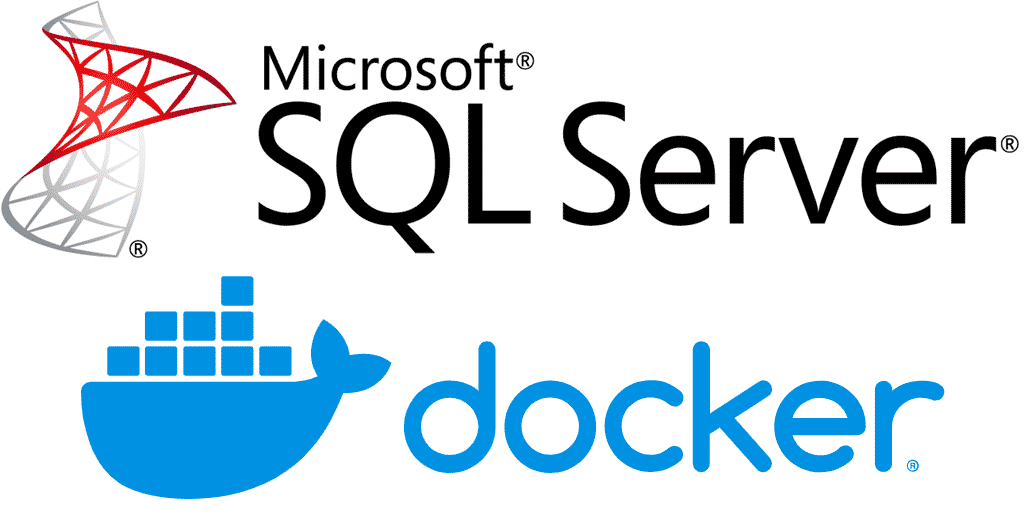
The landscape of software development is constantly evolving, and Docker’s impact on SQL Server deployments is no exception. As containerization gains momentum, Docker will continue to shape the future of SQL Server deployments, influencing how developers build, deploy, and manage applications.
Emerging Technologies and Trends
The rise of containerization has opened doors for numerous innovations in SQL Server deployments. Here are some emerging technologies and trends that are set to influence the future:
- Serverless Computing: Serverless computing platforms like AWS Lambda and Azure Functions are gaining popularity. Integrating Docker with serverless platforms allows for the seamless deployment of SQL Server containers, enabling developers to focus on code without managing infrastructure. This approach reduces operational overhead and allows for efficient scaling based on demand.
- Microservices Architecture: Microservices architecture, where applications are broken down into smaller, independent services, has become a prevalent design pattern. Docker plays a crucial role in deploying and managing these microservices, ensuring consistency and isolation across different environments. SQL Server containers can be integrated with microservices to provide data persistence and transactional capabilities.
- Edge Computing: Edge computing brings computation and data storage closer to the source, reducing latency and improving responsiveness. Docker can be used to deploy SQL Server containers at the edge, enabling real-time data processing and analysis in geographically distributed environments.
- Kubernetes and Container Orchestration: Kubernetes is a powerful container orchestration platform that automates the deployment, scaling, and management of containerized applications. Docker and Kubernetes work seamlessly together, allowing for the efficient management of SQL Server deployments across multiple nodes and clusters.
Last Recap
In conclusion, Docker SQL Server represents a paradigm shift in database management, offering a robust and versatile solution for developers and administrators alike. By embracing containerization, organizations can streamline SQL Server deployments, enhance development workflows, and unlock new levels of scalability and efficiency. The integration of Docker and SQL Server paves the way for a future where database management is more agile, flexible, and aligned with the demands of modern software development.
Docker SQL Server offers a convenient way to run a SQL Server database within a containerized environment, allowing for easy deployment and scalability. If you’re looking for a creative outlet to unwind after working on your Docker SQL Server project, check out crafts patterns diy and handmade ideas from craftgossip for inspiration.
Once you’ve recharged your creative energy, you can return to fine-tuning your Docker SQL Server setup and enjoy the benefits of a reliable and flexible database solution.

